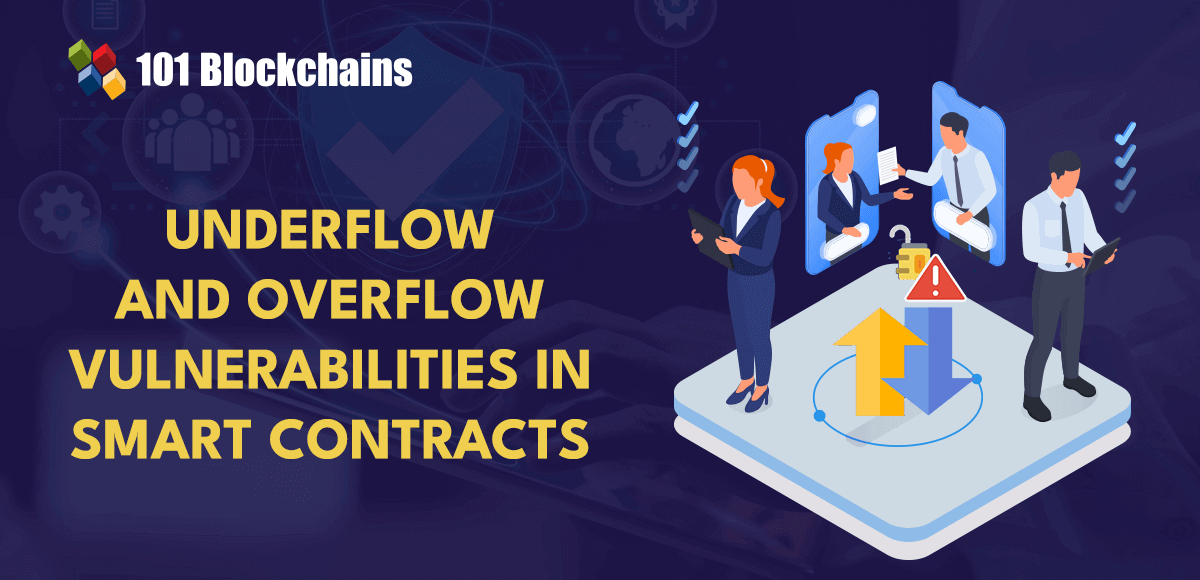How IBM uses Real User Monitoring and DNS to deliver premium global server load balancing for business-critical applications

Global Server Load Balancing (GSLB) isn’t for everyone. If your business operates at a local or regional level, regular load balancing will meet your needs.
However, for some large enterprises or enterprises with a global user footprint, GSLB is an essential service. “Load Balancer for Load Balancers” allows you to distribute traffic in an efficient manner and ensure the performance your customers expect from their Internet-enabled applications.
The Potential and Pitfalls of Inline Load Balancers
Almost all GSLB solutions on the market today are inline solutions. Whether it’s a traditional on-premise system or a SaaS solution, the architecture is essentially the same.
Although routing all traffic through a load balancer may be architecturally convenient, it has some significant drawbacks. First, there is the choke point problem. If your load balancer goes down, your application will go down too. You can make it more resilient by adding more load balancers, but this only spreads the problem rather than solving it.
Inline load balancers lack visibility into inbound traffic sources. Because inline load balancers only control the path from endpoints to backend resources, they cannot see how “last mile” traffic impacts latency and application performance. These connections are often the most important piece of the puzzle when trying to deliver a consistent application experience across different regions, device types, and local network conditions.
Role of DNS and RUM data in GSLB
Even though Domain Name System (DNS) is the primary technology used by most inline load balancers, there is often a disconnect between DNS and GSLB when it comes to how most network teams organize their work. Authoritative DNS and load balancing are often handled by separate teams with little overlap in functional responsibilities.
IBM® has concluded that this separation between DNS and GSLB is counterproductive. DNS holds the key to a more effective, resilient, and much cheaper GSLB.
Authoritative DNS eliminated points of failure caused by the architecture of the inline GSLB solution, ensuring traffic was controlled along the entire connection path at all times. Its out-of-band nature makes DNS an ideal solution to resiliency issues without the need to purchase and deploy more appliances or endpoints.
“Last mile” latency is the second piece of the puzzle and requires more than the ability to steer traffic. You need data to tell your application the best way to connect to your backend workload at any given moment.
Real User Monitoring (RUM) data provides instant insight into the user experience directly on the device and can form the basis for decisions about routing traffic around obsolete resources or congested connections. The result is faster connections, improved user experience, and increased resiliency.
Load balancing outage using IBM NS1 Connect GSLB
It’s almost strange that authoritative DNS and RUM data aren’t the solution of choice for GSLB. IBM NS1 Connect® GSLB will significantly disrupt the load balancing market and forever change the way we view inline load balancers. Even better, DNS-based GSLB is much cheaper than the inline products currently on the market.
SaaS authoritative DNS solutions like IBM NS1 Connect don’t involve the cost (and operational headaches) of deploying boxes or purchasing additional endpoint licenses. The additional cost of running authoritative DNS for load balancing is only a fraction of what most companies charge, regardless of solution.
The applications we use every day for work and play deserve better connectivity. As consumers, we demand it, and organizations need ultimate connectivity when they shine. Improved resiliency, faster connection performance, and significant cost savings benefit both consumers and network teams.
Join the webinar and download the eBook to learn how DNS and RUM are the perfect combination for strategic traffic steering and application connectivity.
Explore IBM GSLB
Was this article helpful?
yesno


1.png)
